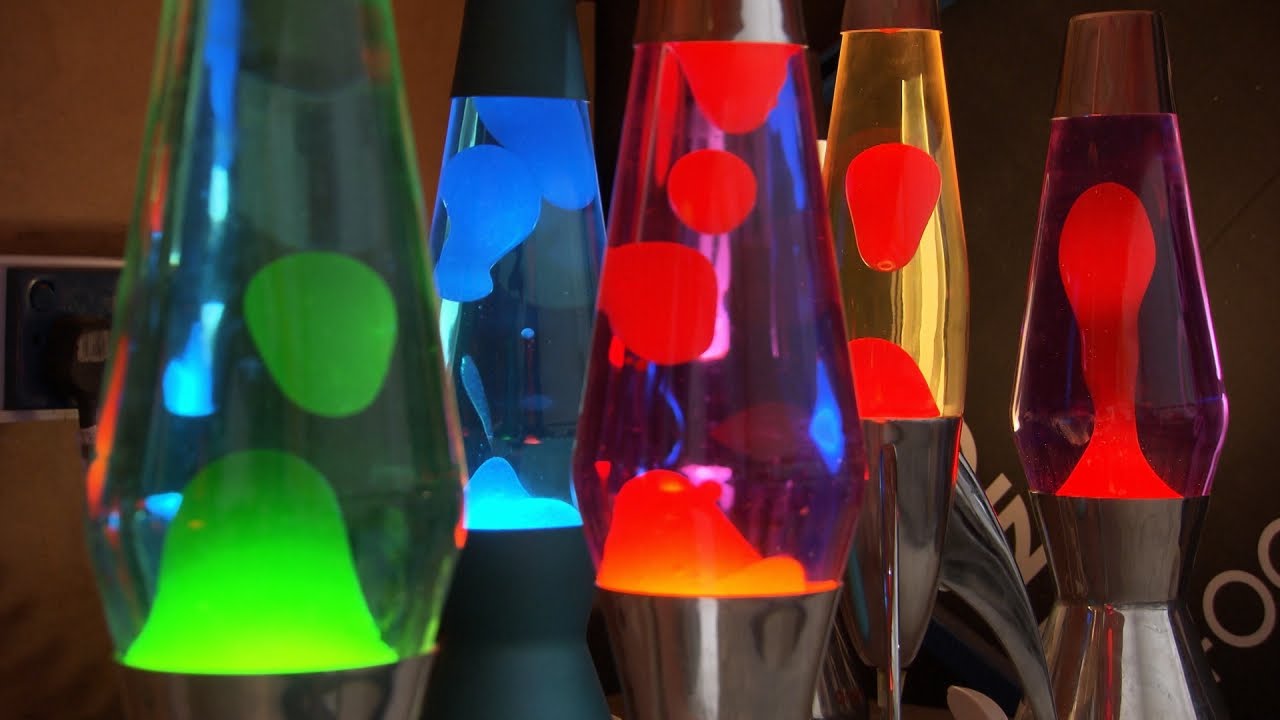

Furniture
Who Made The Lava Lamp
Modified: January 9, 2024
Discover the history of the iconic lava lamp and learn about the innovative designs by furniture makers who created this retro lighting sensation.
(Many of the links in this article redirect to a specific reviewed product. Your purchase of these products through affiliate links helps to generate commission for Storables.com, at no extra cost. Learn more)
Introduction
The lava lamp is an iconic and mesmerizing decorative item that has captivated people around the world for decades. With its unique blend of art and science, the lava lamp adds a touch of whimsy and nostalgia to any space. But have you ever wondered who invented this imaginative and enchanting creation?
In this article, we will delve into the fascinating origins of the lava lamp, explore the genius behind its invention, and uncover the inner workings that bring it to life. Join us as we take a journey through time and discover the captivating story behind the iconic lava lamp.
Key Takeaways:
- The iconic lava lamp was invented by English entrepreneur Edward Craven Walker in the early 1960s, captivating the counterculture movement with its mesmerizing motion and vibrant colors, leaving a lasting impact on popular culture.
- Edward Craven Walker’s visionary genius brought the lava lamp to life, symbolizing artistic expression and individuality. From its humble beginnings to modern innovations, the lava lamp continues to captivate and inspire with its timeless charm.
Read more: How To Clean A Lava Lamp
The Invention of the Lava Lamp
The lava lamp, originally known as the Astro Lamp, was invented in the early 1960s. Its unique concept and mesmerizing visual effects were the brainchild of an English entrepreneur named Edward Craven Walker. Walker stumbled upon the idea for the lava lamp while observing a homemade egg timer made from a cocktail shaker and a light bulb.
Fascinated by the way the ingredients inside the homemade egg timer would rise and fall, creating beautiful and fluid patterns, Walker was inspired to develop a similar concept on a larger scale. He began experimenting with different materials and formulations to create a captivating and visually appealing display.
After years of trial and error, Edward Craven Walker finally perfected his invention and patented it in 1963. He named it the Astro Lamp and launched it under his newly formed company, Mathmos. The name “Astro” was later changed to the more widely recognized term, the lava lamp, due to its resemblance to flowing lava.
Walker’s invention quickly gained popularity in the counterculture movement of the 1960s. The vibrant color combinations, psychedelic patterns, and hypnotic motion of the lava lamp resonated with the free-spirited individuals of the era, making it a symbol of self-expression and alternative lifestyle.
While the initial popularity of the lava lamp declined in the following decades, it experienced a resurgence in the 1990s and has since become an iconic symbol of retro style and nostalgia.
Now that we know the origin of the lava lamp, let’s delve deeper into the life and achievements of its brilliant inventor.
Edward Craven Walker: The Father of the Lava Lamp
Edward Craven Walker, the creative genius behind the invention of the lava lamp, was born in Singapore in 1918. Raised in a family of inventors and engineers, Walker developed a deep fascination with science and technology from a young age.
During World War II, Walker served in the Royal Air Force, where he honed his engineering skills and developed an innovative mindset. After the war, he worked in the family business, which specialized in making walking sticks. It was during this time that Walker’s entrepreneurial spirit and passion for invention began to emerge.
In the early 1960s, Walker stumbled upon the idea of creating a mesmerizing lamp while visiting a pub in Dorset, England. Intrigued by the homemade egg timer he saw there, he set out to develop a similar concept on a larger scale.
Walker’s journey to perfect the lava lamp was not an easy one. He spent countless hours experimenting with different materials and formulas, combining water, oil, and wax to create the captivating lava-like motion. It was a delicate balance of temperature, density, and viscosity that ultimately resulted in the mesmerizing display we know today.
With his invention in hand, Walker founded the company Mathmos and launched the Astro Lamp to the world. The success of the lava lamp allowed him to dedicate his full attention to his passion for invention, and he continued to create innovative lighting designs throughout his career.
Edward Craven Walker’s impact on design and popular culture cannot be understated. His creativity and vision brought beauty, intrigue, and a touch of magic into the world of home decor. His invention became a symbol of artistic expression, capturing the spirit of the 1960s counterculture movement and leaving a lasting legacy in the world of design.
Edward Craven Walker passed away in 2000, but his invention lives on, enchanting new generations and reminding us of the power of creativity and imagination.
How the Lava Lamp Works
The mesmerizing motion of the lava lamp is achieved through a combination of heat, wax, and liquid. Understanding the inner workings of this iconic decorative item adds another level of appreciation for its captivating display.
At the core of the lava lamp is a heat source, typically a light bulb located at the base. The heat from the bulb warms the liquid contained within the lamp, which is usually a combination of water and a special type of wax.
As the heat is transferred to the wax, it begins to melt and become less dense than the surrounding liquid. The warm wax then rises to the top of the lamp, creating the mesmerizing lava-like blobs that float and swirl within the liquid.
At the top of the lamp, away from the heat source, the wax begins to cool. As it cools, it becomes denser and heavier, causing it to sink back down to the bottom of the lamp. This continuous cycle of heating and cooling creates the rhythmic and hypnotic motion of the lava lamp.
The specific formulas used in the production of the wax and liquid are carefully engineered to achieve the desired flow and consistency. Different colors can also be added to enhance the visual effect, allowing for a wide range of vibrant and eye-catching displays.
It is important to note that the lava lamp requires some time to reach its optimal flow and motion. When first turned on, it may take up to an hour for the wax to heat up and start flowing freely. Once the lamp reaches its ideal operating temperature, the captivating display will continue until it is turned off or the lamp is cooled down.
The mesmerizing motion and colorful display of the lava lamp have made it a popular choice for both relaxation and decoration. Whether used as a statement piece in a living room or as a soothing addition to a bedroom, the lava lamp continues to captivate and entertain people of all ages.
The lava lamp was invented by Edward Craven Walker, a British accountant, in 1963. He was inspired by an egg timer he saw in a pub and developed the iconic design using a combination of wax and colored liquid.
The Popularity and Cultural Impact of Lava Lamps
Since its introduction in the 1960s, the lava lamp has captured the imagination of people around the world and become an iconic symbol of retro style and counterculture. Its unique design and mesmerizing motion have earned it a special place in popular culture.
During the height of the counterculture movement in the 1960s and 1970s, the lava lamp gained immense popularity. Its psychedelic patterns and vibrant colors resonated with the free-spirited individuals of the era, making it a symbol of self-expression and alternative lifestyle.
The lava lamp quickly became a staple in many hippie communes, college dorm rooms, and psychedelic spaces. It was seen as a visual representation of peace, love, and individuality. The lamp’s slow and rhythmic motion was often accompanied by calming music, creating a tranquil and introspective atmosphere.
As the years went on, the popularity of the lava lamp waned, but it experienced a resurgence in the 1990s, as retro and nostalgic trends took hold. The lamp became a sought-after item for collectors and vintage enthusiasts, and its unique design was often featured in movies, TV shows, and advertisements set in the 1960s and 1970s.
Today, the lava lamp continues to be a beloved decorative item, beloved by both young and old. Its timeless design and soothing motion make it a popular choice for creating a relaxing ambiance in homes, offices, and entertainment spaces.
The impact of the lava lamp extends beyond its mere decorative appeal. It represents a time of social and cultural change, a symbol of creativity and individuality. It continues to inspire artists, designers, and creators to this day, reminding us of the power of innovation and the timeless appeal of artistic expression.
Whether you are a fan of the lava lamp for its soothing motion or its nostalgic charm, there is no denying the lasting impact it has had on popular culture. It remains an iconic piece of design and a testament to the power of imagination and creativity.
Read more: What Is In A Lava Lamp
Modern Variations and Innovations of Lava Lamps
While the classic lava lamp design continues to captivate and charm, modern variations and innovations have brought new life and excitement to this iconic decor item. Here are some of the modern twists and advancements in the world of lava lamps.
LED Lava Lamps: One of the most notable modern innovations is the use of LED lights in lava lamps. LED technology provides a brighter, more energy-efficient, and longer-lasting light source. LED lava lamps offer a wide range of color options and can be customized to create different lighting effects.
Multi-Colored Lava Lamps: Traditional lava lamps usually feature one color of wax, but modern variations have introduced multi-colored options. These lamps contain multiple layers of different-colored wax, creating a visually stunning and dynamic display as the colors blend and flow together.
Glitter Lava Lamps: Adding a touch of sparkle to the mesmerizing flow, glitter lava lamps have become a popular variation. These lamps incorporate swirling glitter particles that dance and shimmer with the lava-like wax, creating a dazzling and enchanting effect.
Novelty-Shaped Lava Lamps: In addition to the classic tall and cylindrical shape, modern lava lamps now come in a variety of unique and novelty shapes. From rocket ships and aliens to animals and geometric patterns, these lamps offer a fun and whimsical twist on the traditional design.
Smart Lava Lamps: Keeping up with the digital age, smart lava lamps have emerged as a modern innovation. These lamps can be connected to smartphones or smart home devices, allowing users to control the light colors, brightness, and even set timers and schedules for the lamp’s operation.
Customizable Lava Lamps: With the rise of personalization, custom-designed lava lamps have become a popular choice. They offer the ability to choose specific color combinations, designs, and even have unique graphics or logos printed on the lamp, adding a personalized touch to the mesmerizing display.
Environmental Considerations: As awareness of sustainability grows, manufacturers have also introduced eco-friendly versions of lava lamps. These lamps use non-toxic and renewable materials, as well as energy-efficient bulbs, reducing their environmental impact.
These modern variations and innovations have revitalized the lava lamp, making it more versatile, visually appealing, and interactive. Whether you prefer a classic design or a modern twist, there is a lava lamp to suit every taste and style.
Conclusion
The lava lamp continues to mesmerize and captivate people of all ages with its enchanting display. From its humble beginnings in the 1960s to its enduring popularity in the present day, this iconic decorative item has left an indelible mark on popular culture.
Thanks to the visionary genius of Edward Craven Walker, the lava lamp came to life as a symbol of artistic expression, self-expression, and individuality. Its mesmerizing motion, vibrant colors, and retro charm have made it a beloved decor item in homes, offices, and entertainment spaces around the world.
But the lava lamp is not just a nostalgic relic of the past. It has evolved and adapted to modern times, with innovations such as LED lights, multi-colored options, glitter effects, and smart capabilities. These advancements have added new layers of excitement and customization to an already captivating display.
Beyond its decorative appeal, the lava lamp signifies a time of social and cultural change, representing the creativity, innovation, and free spirit of the counterculture movement. It remains an iconic piece of design that continues to inspire and ignite the imagination of artists, designers, and enthusiasts.
As we marvel at the rhythmic dance of wax and liquid, let us remember the ingenuity and vision of Edward Craven Walker, the father of the lava lamp. His legacy lives on through the timeless beauty and enduring fascination of this unique and captivating invention.
So, the next time you gaze at a lava lamp, take a moment to appreciate the artistry behind its creation, the marvel of its mechanics, and the cultural impact it has had over the years. Whether you are drawn to its retro charm, soothing motion, or simply the joy it brings, the lava lamp continues to illuminate our lives with a touch of magic and wonder.
Frequently Asked Questions about Who Made The Lava Lamp
Was this page helpful?
At Storables.com, we guarantee accurate and reliable information. Our content, validated by Expert Board Contributors, is crafted following stringent Editorial Policies. We're committed to providing you with well-researched, expert-backed insights for all your informational needs.

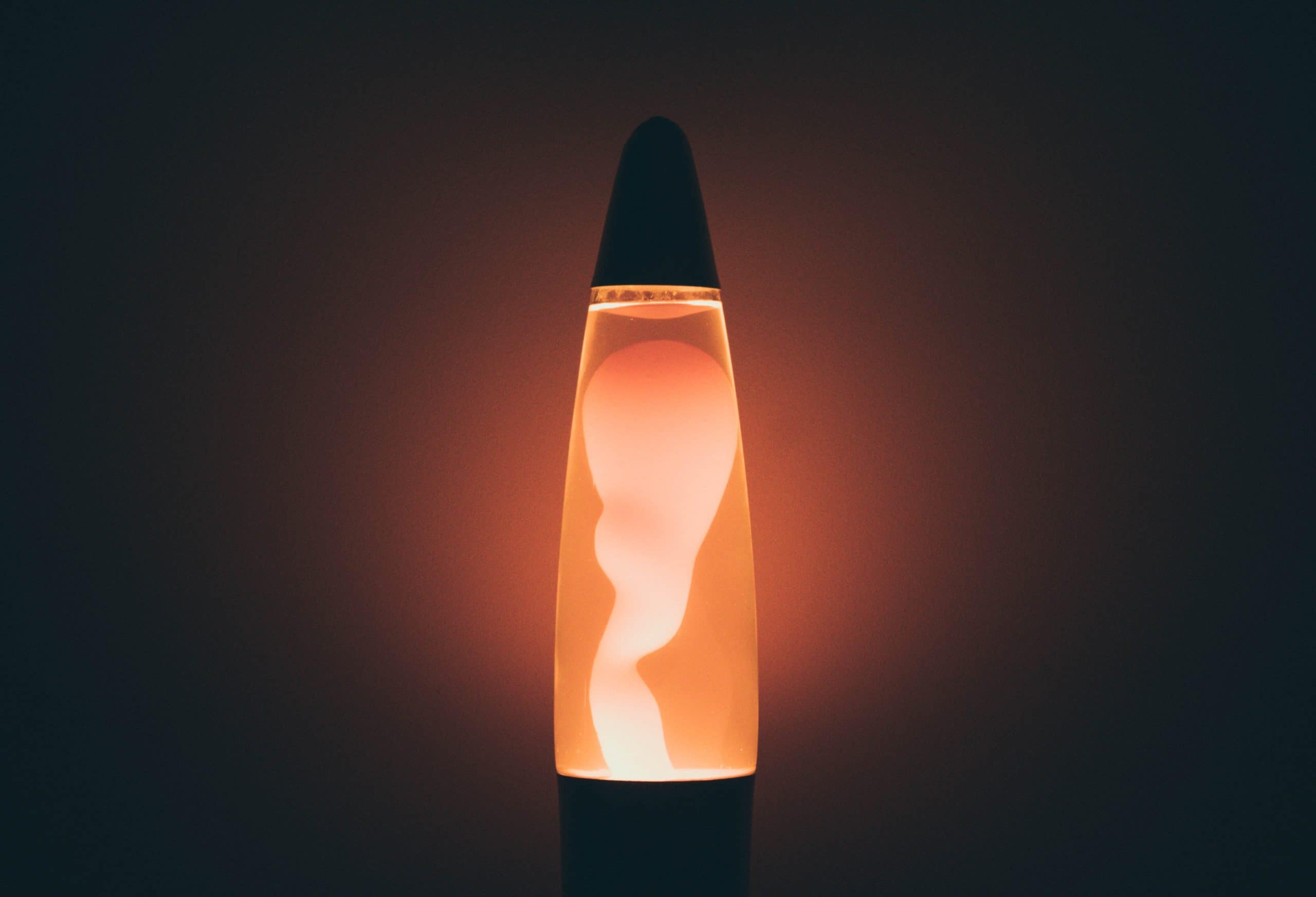
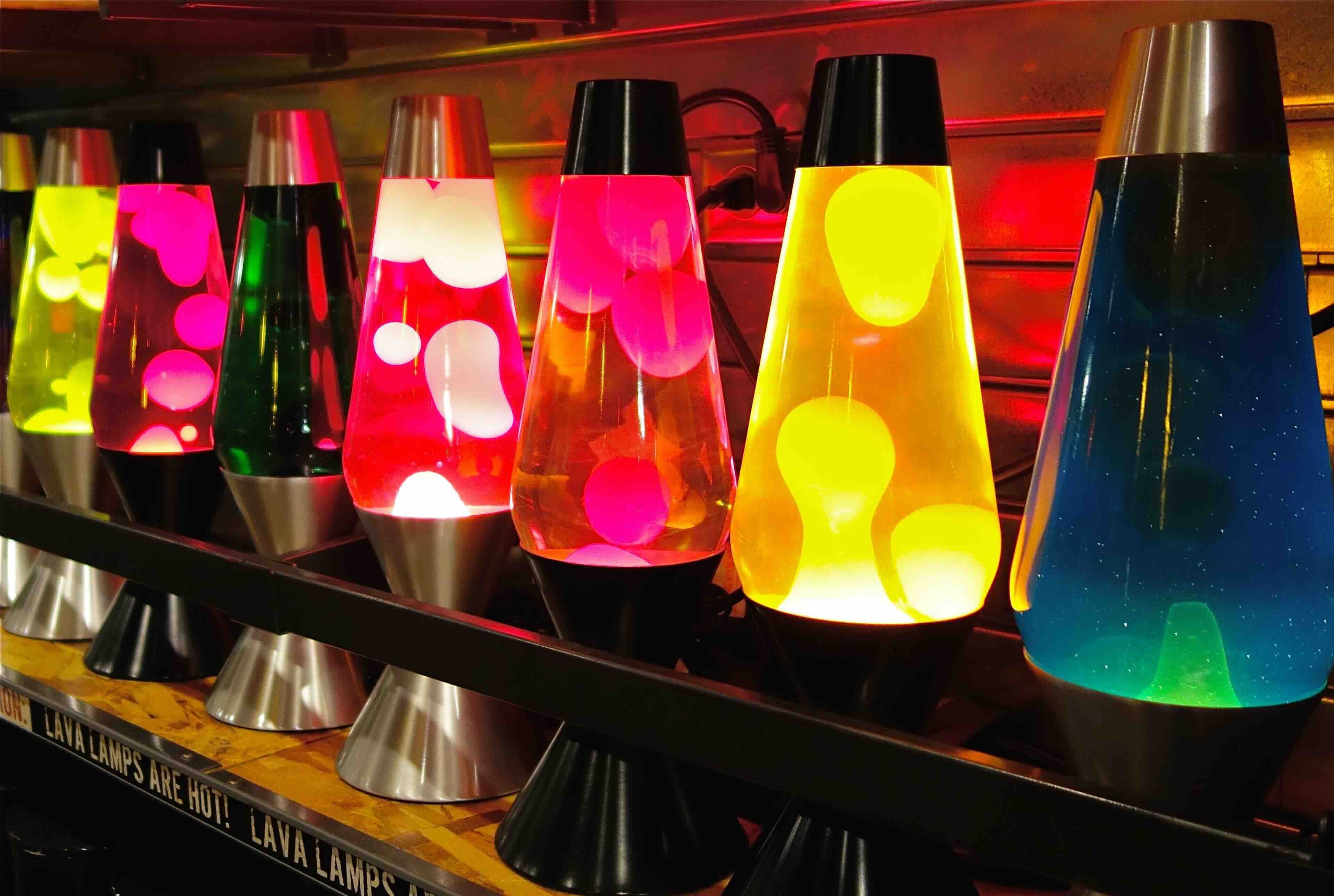
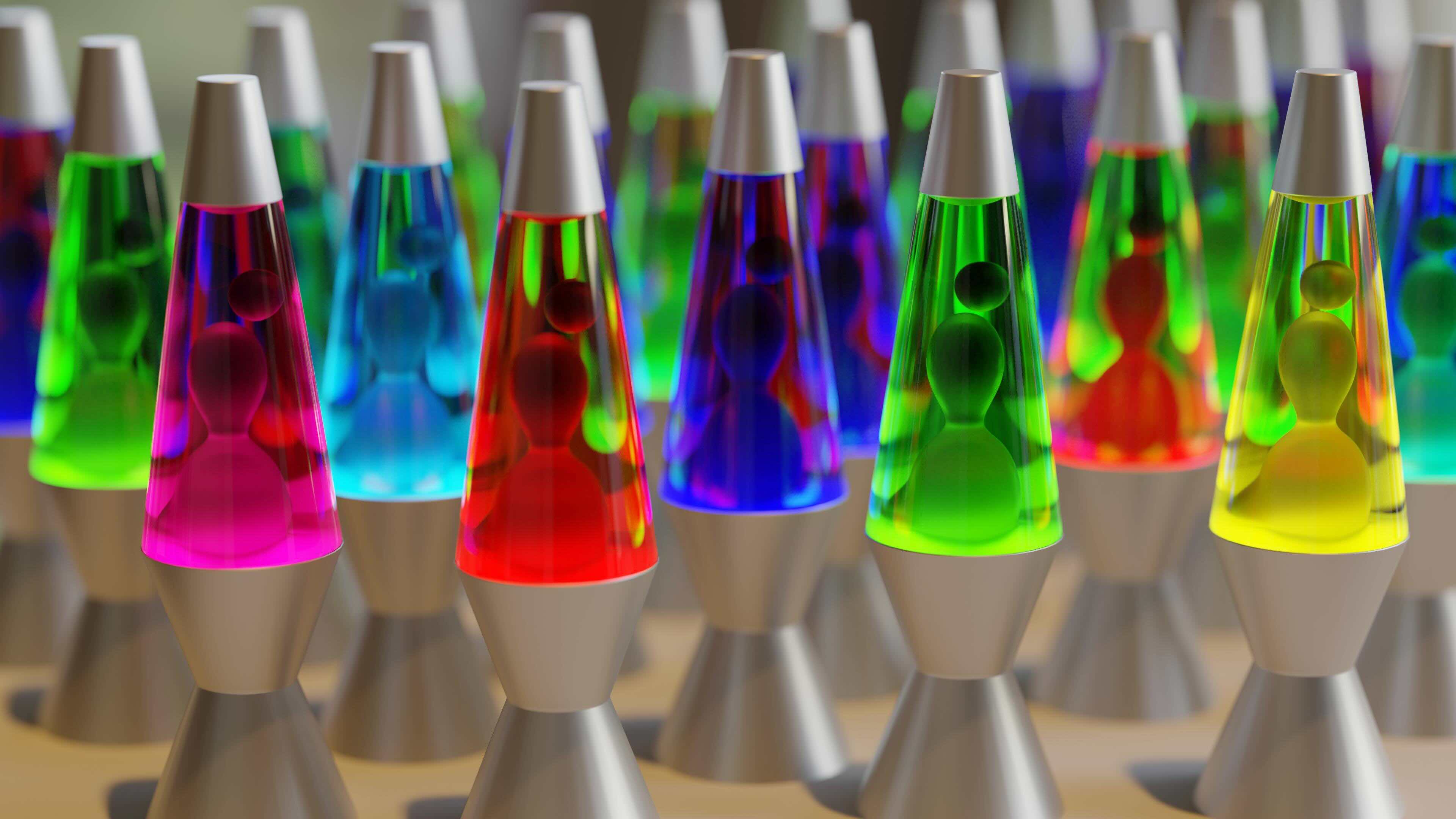

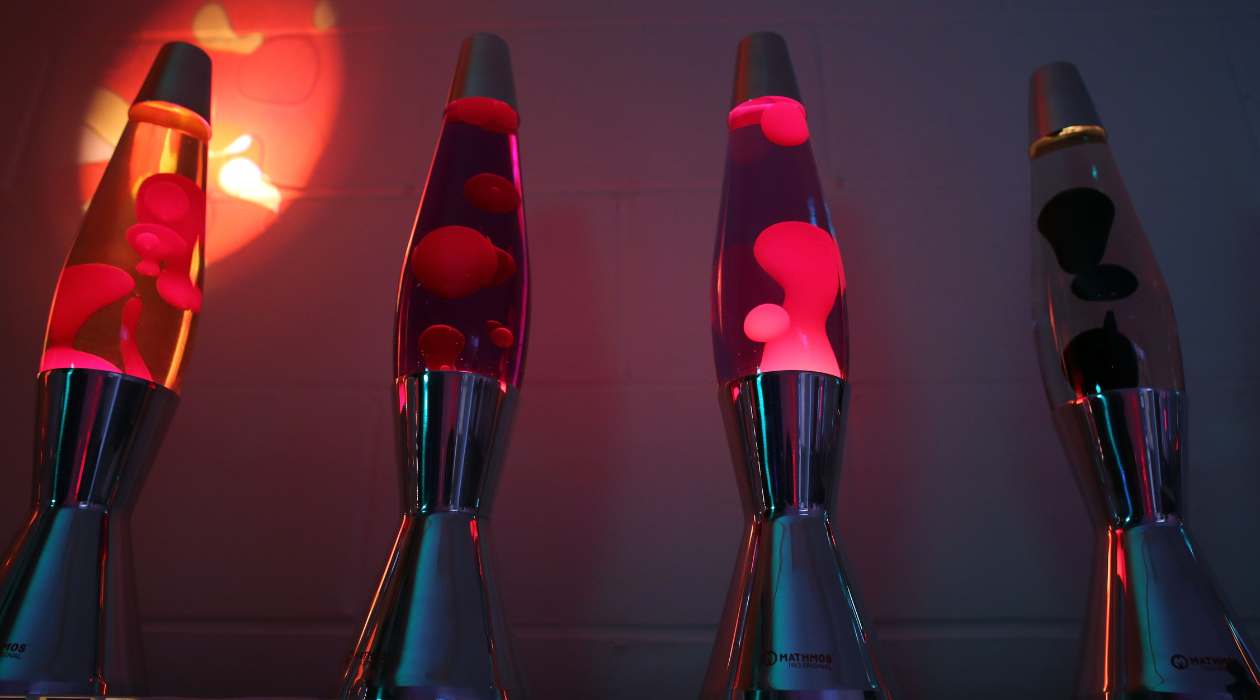

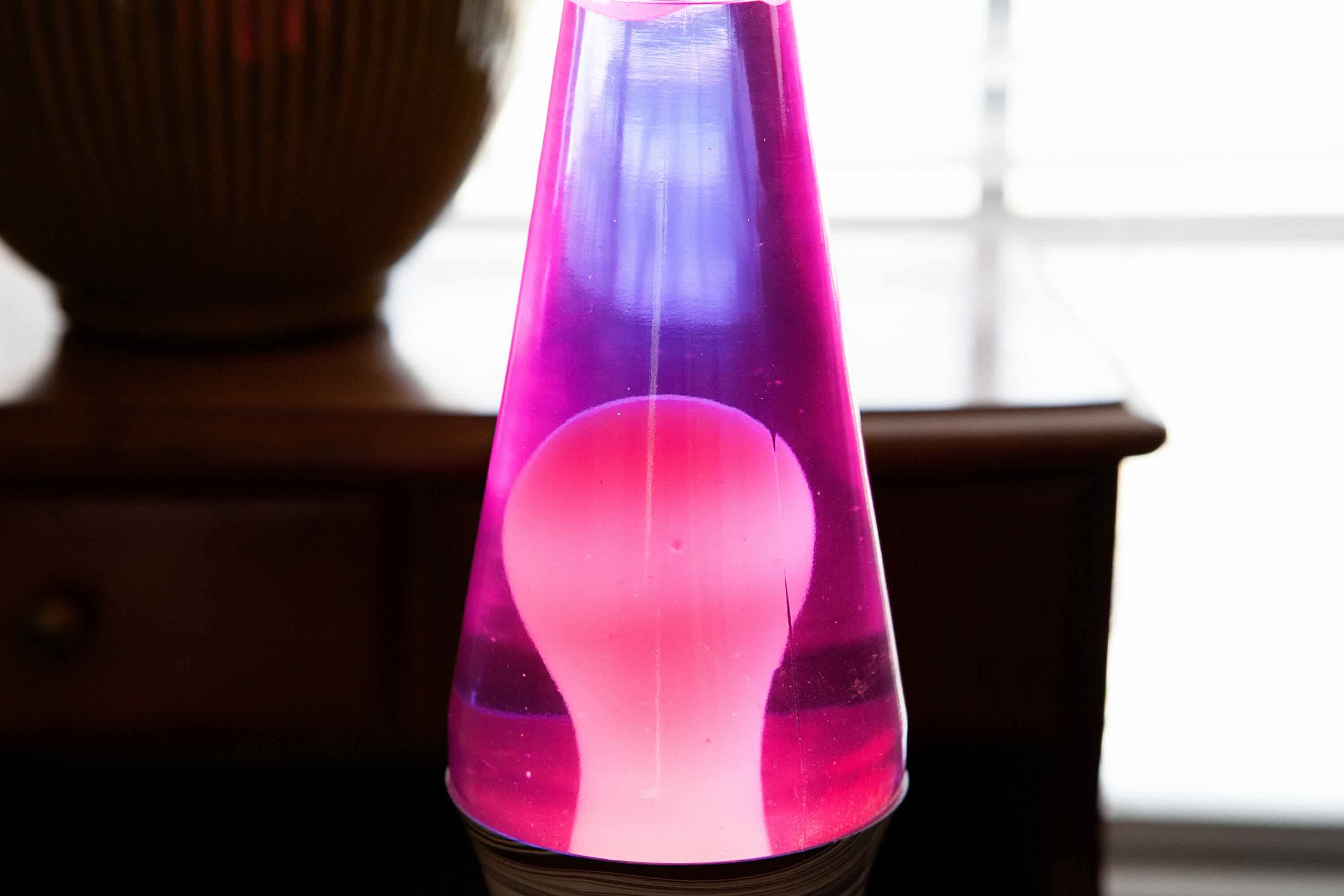
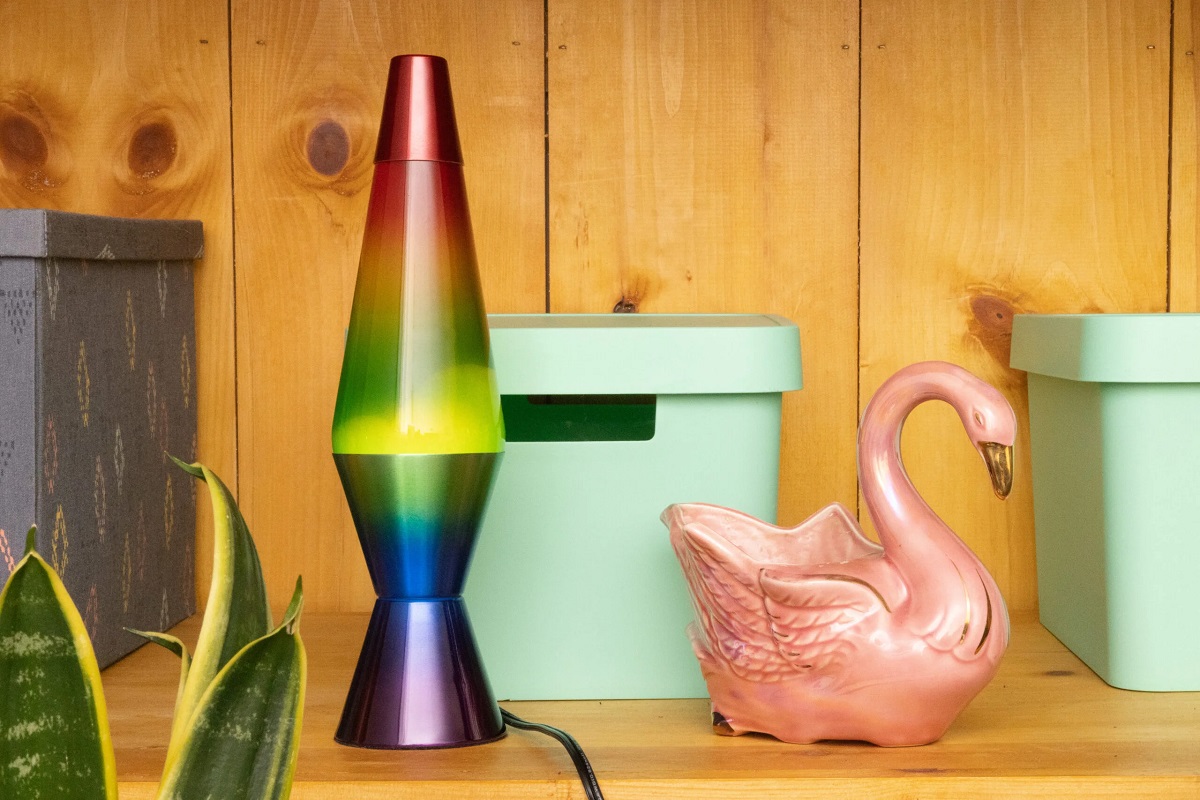

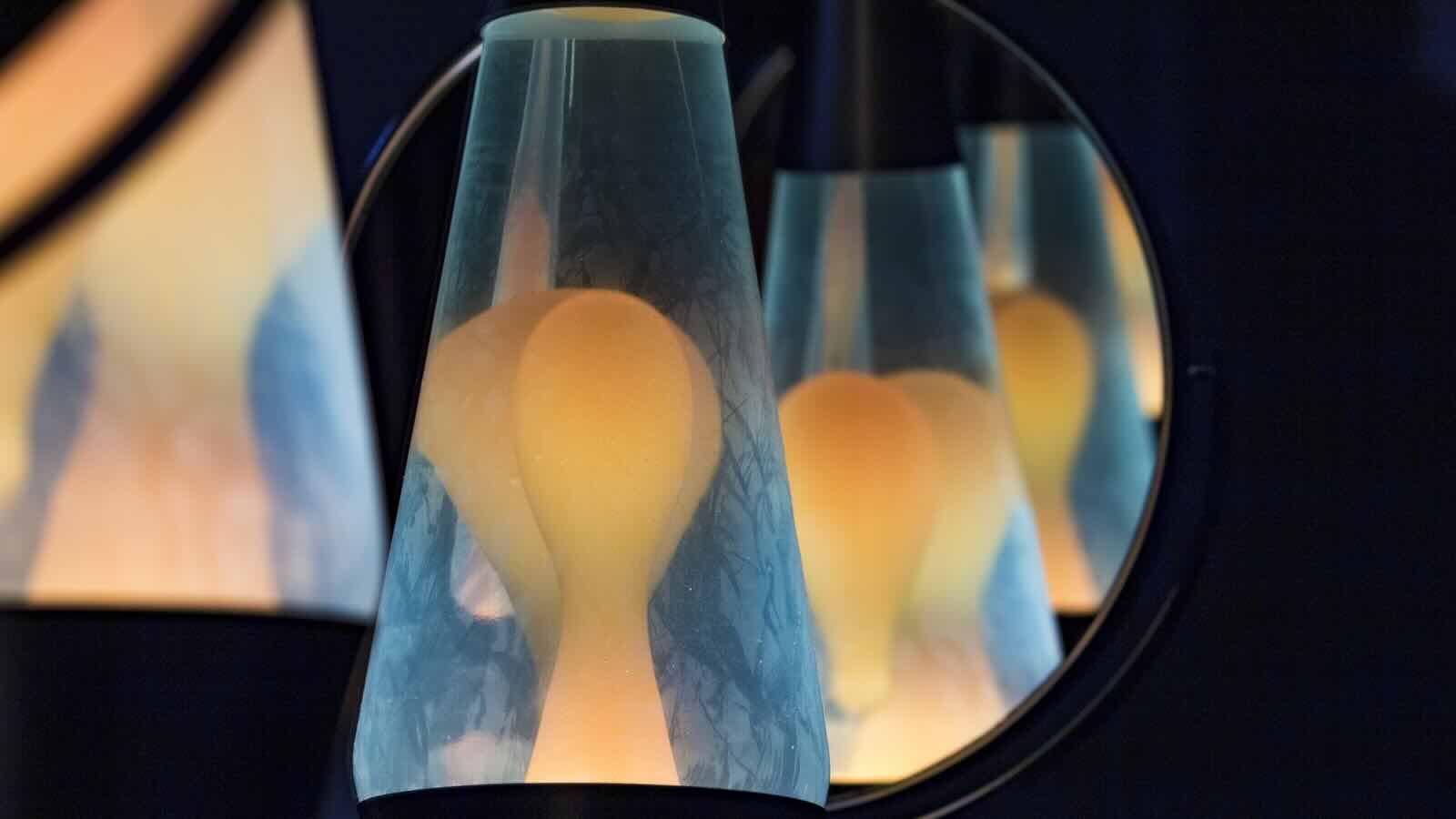
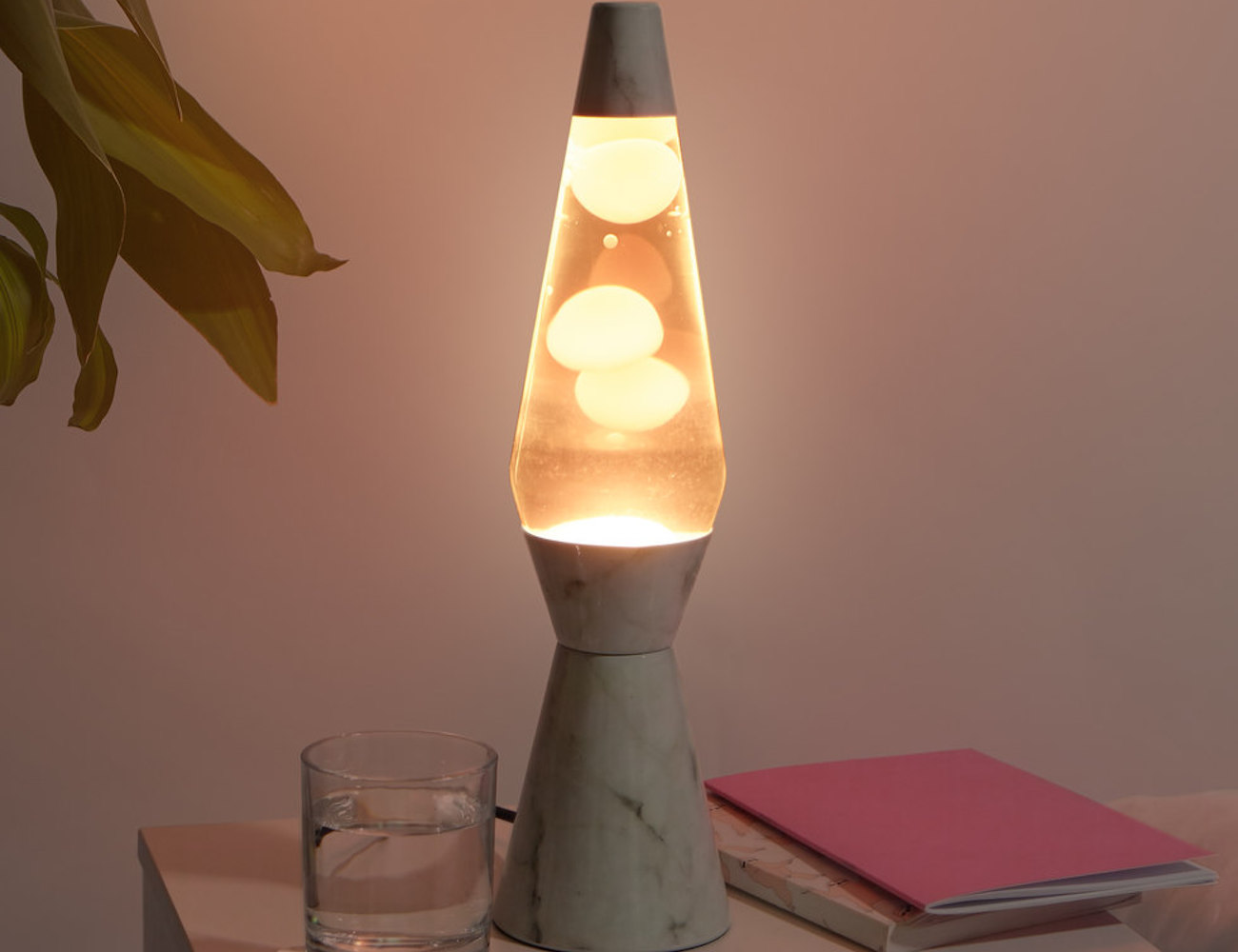
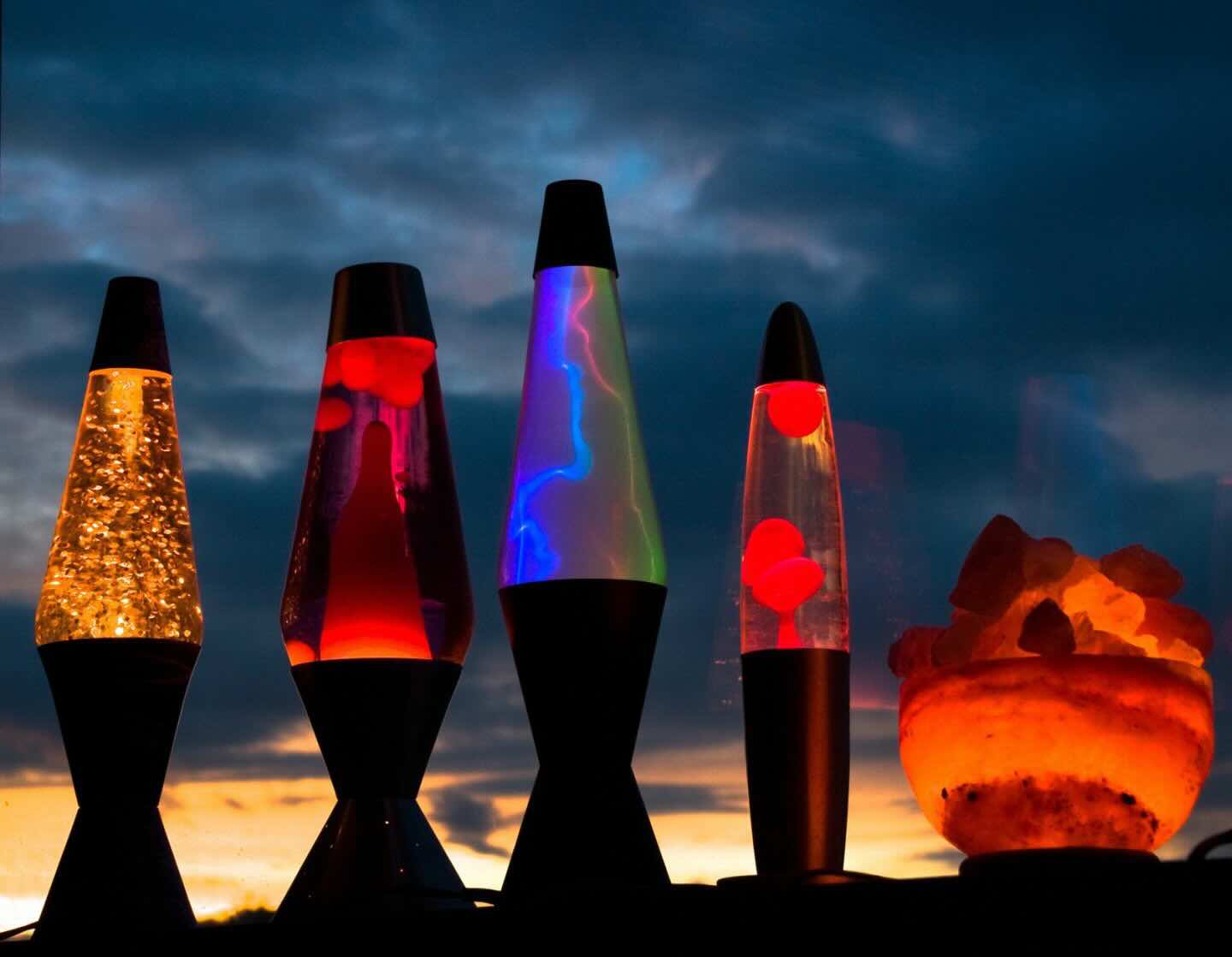


0 thoughts on “Who Made The Lava Lamp”